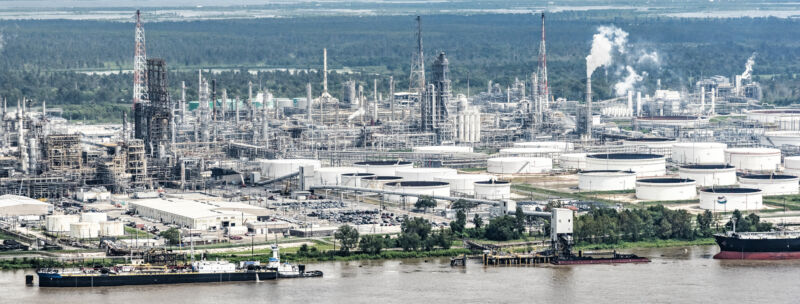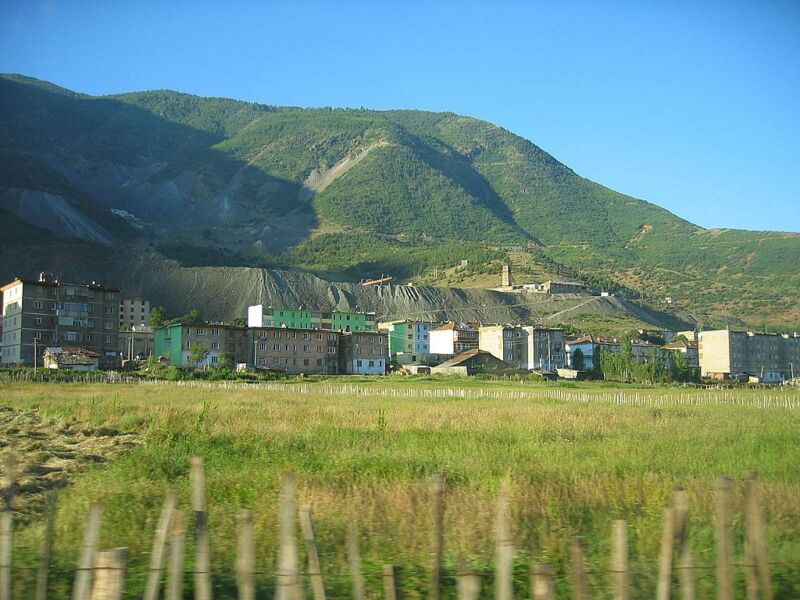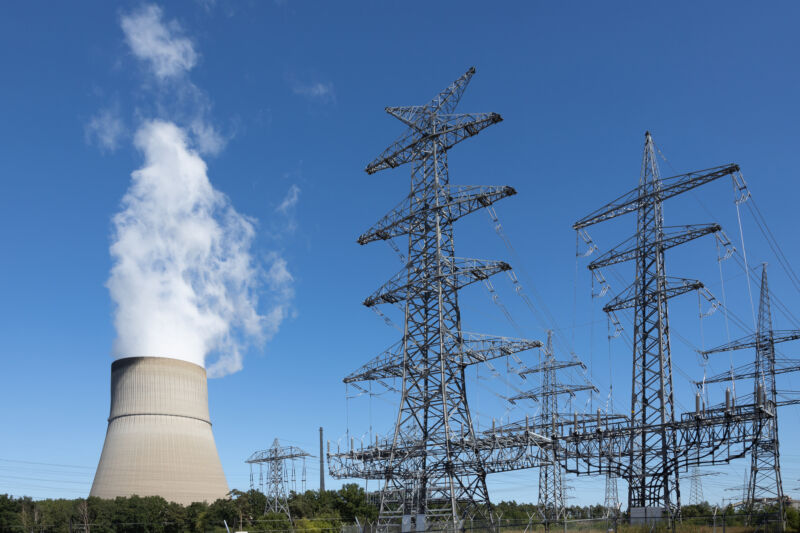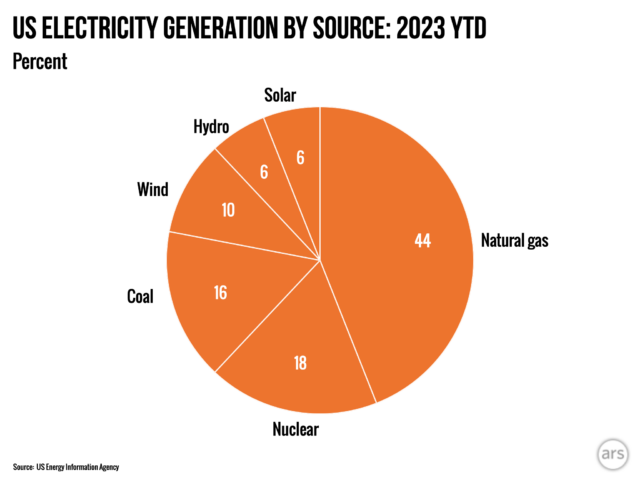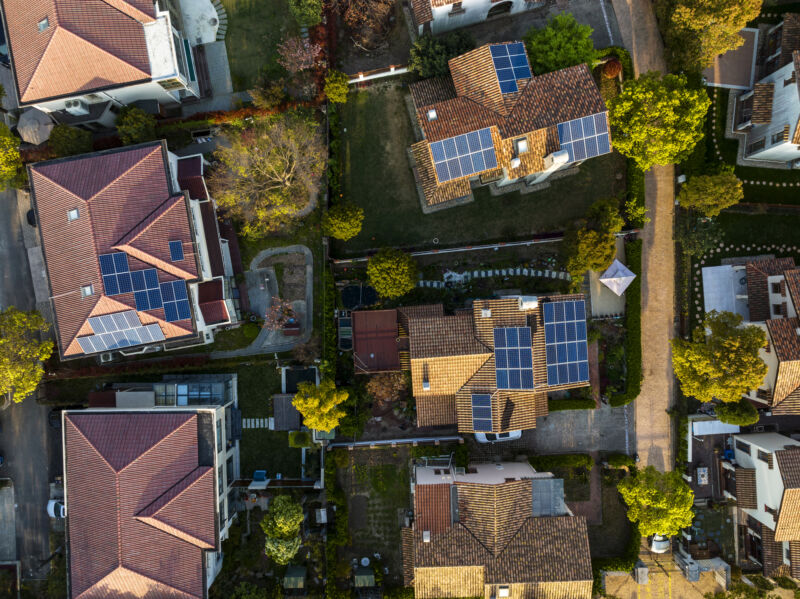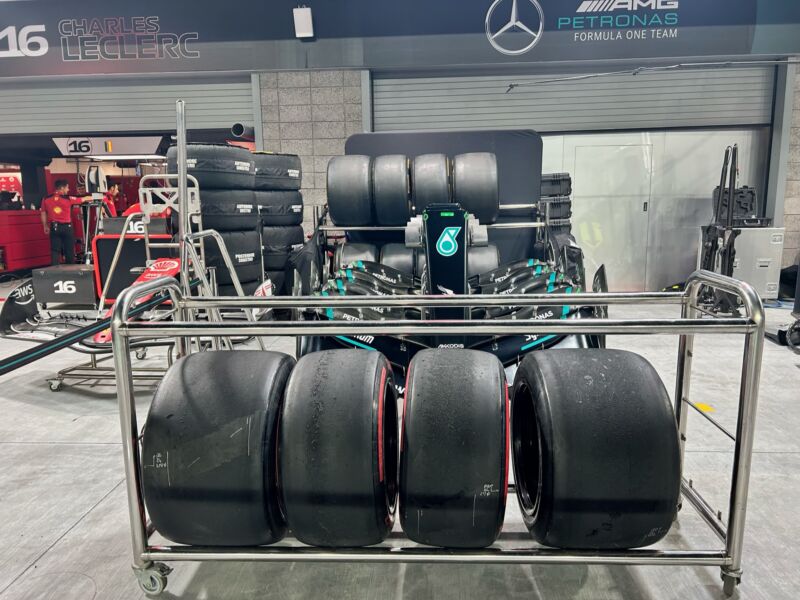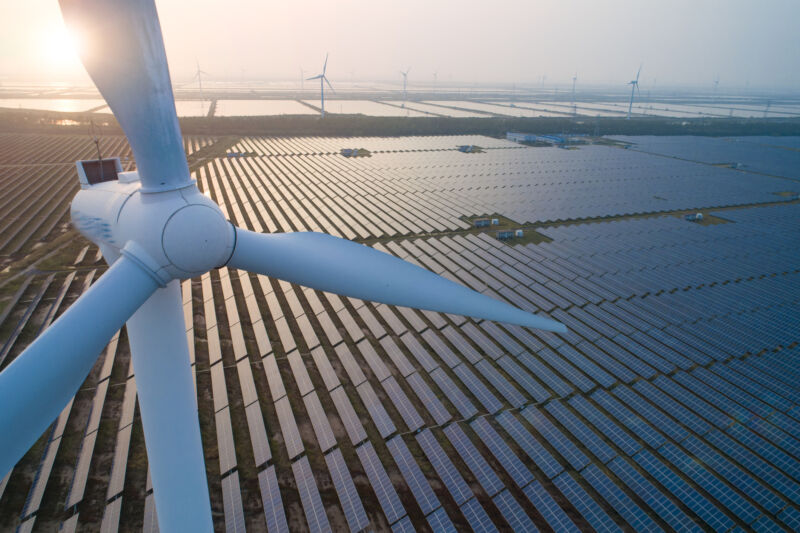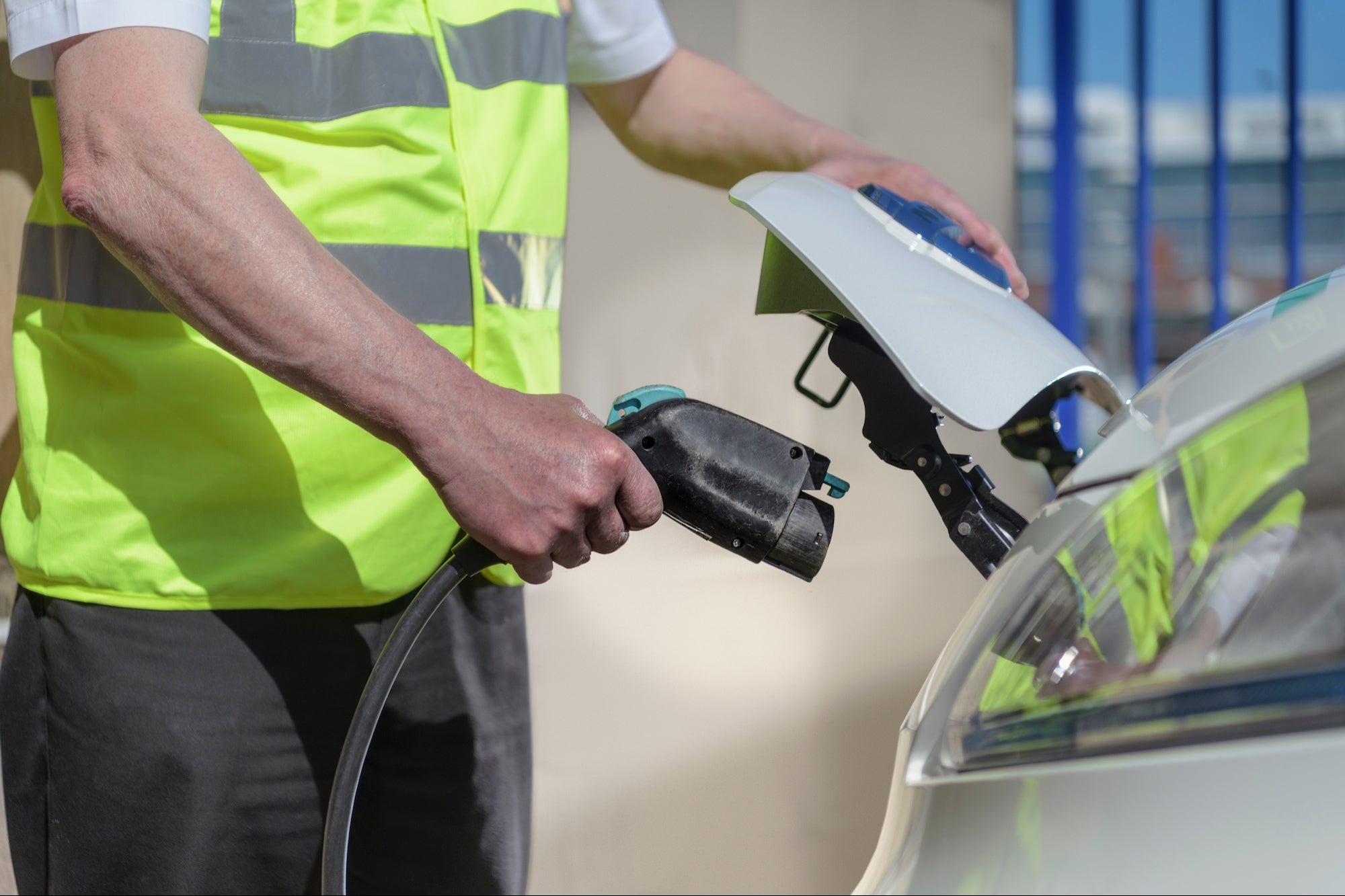Climate damages by 2050 will be 6 times the cost of limiting warming to 2°
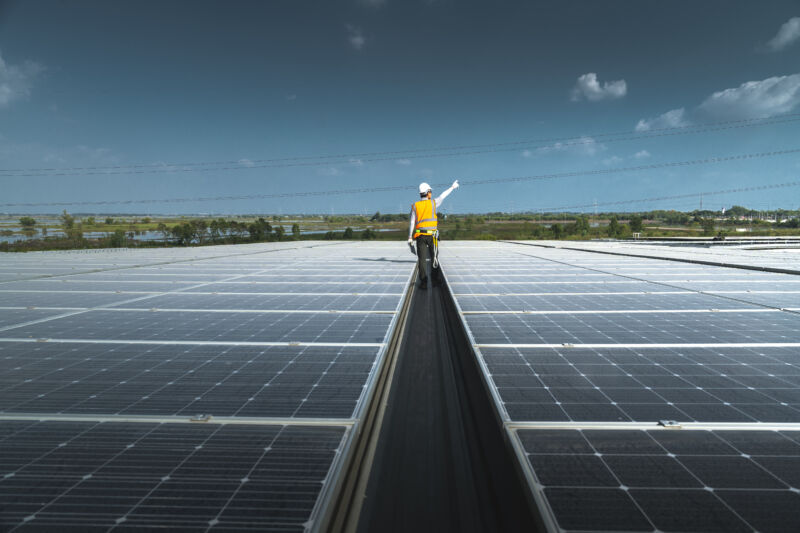
Almost from the start, arguments about mitigating climate change have included an element of cost-benefit analysis: Would it cost more to move the world off fossil fuels than it would to simply try to adapt to a changing world? A strong consensus has built that the answer to the question is a clear no, capped off by a Nobel in Economics given to one of the people whose work was key to building that consensus.
While most academics may have considered the argument put to rest, it has enjoyed an extended life in the political sphere. Large unknowns remain about both the costs and benefits, which depend in part on the remaining uncertainties in climate science and in part on the assumptions baked into economic models.
In Wednesday’s edition of Nature, a small team of researchers analyzed how local economies have responded to the last 40 years of warming and projected those effects forward to 2050. They find that we’re already committed to warming that will see the growth of the global economy undercut by 20 percent. That places the cost of even a limited period of climate change at roughly six times the estimated price of putting the world on a path to limit the warming to 2° C.
Linking economics and climate
Many economic studies of climate change involve assumptions about the value of spending today to avoid the costs of a warmer climate in the future, as well as the details of those costs. But the people behind the new work, Maximilian Kotz, Anders Levermann, and Leonie Wenz decided to take an empirical approach. They obtained data about the economic performance of over 1,600 individual regions around the globe, going back 40 years. They then attempted to look for connections between that performance and climate events.
Previous research already identified a number of climate measures—average temperatures, daily temperature variability, total annual precipitation, the annual number of wet days, and extreme daily rainfall—that have all been linked to economic impacts. Some of these effects, like extreme rainfall, are likely to have immediate effects. Others on this list, like temperature variability, are likely to have a gradual impact that is only felt over time.
The researchers tested each factor for lagging effects, meaning an economic impact sometime after their onset. These suggested that temperature factors could have a lagging impact up to eight years after they changed, while precipitation changes were typically felt within four years of climate-driven changes. While this relationship might be in error for some of the economic changes in some regions, the inclusion of so many regions and a long time period should help limit the impact of those spurious correlations.
With the climate/economic relationship worked out, the researchers obtained climate projections from the Coupled Model Intercomparison Project (CMIP) project. With that in hand, they could look at future climates and estimate their economic costs.
Obviously, there are limits to how far into the future this process will work. The uncertainties of the climate models grow with time; the future economy starts looking a lot less like the present, and things like temperature extremes start to reach levels where past economic behavior no longer applies.
To deal with that, Kotz, Levermann, and Wenz performed a random sampling to determine the uncertainty in the system they developed. They look for the point where the uncertainties from the two most extreme emissions scenarios overlap. That occurs in 2049; after that, we can’t expect the past economic impacts of climate to apply.
Kotz, Levermann, and Wenz suggest that this is an indication of warming we’re already committed to, in part because the effect of past emissions hasn’t been felt in its entirety and partly because the global economy is a boat that turns slowly, so it will take time to implement significant changes in emissions. “Such a focus on the near term limits the large uncertainties about diverging future emission trajectories, the resulting long-term climate response and the validity of applying historically observed climate–economic relations over long timescales during which socio-technical conditions may change considerably,” they argue.
https://arstechnica.com/?p=2018002
